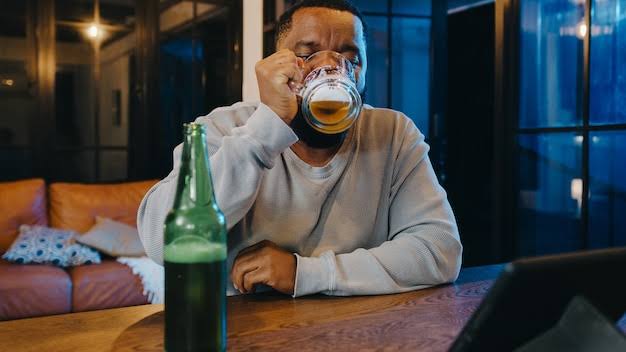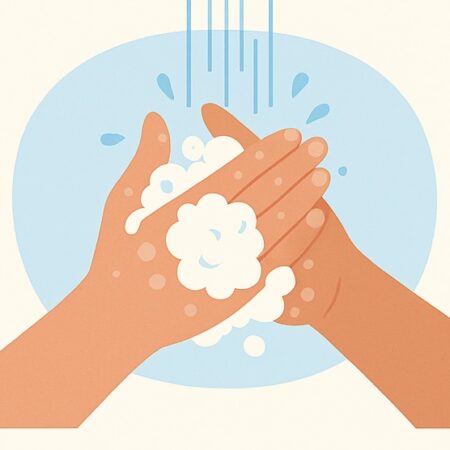Alcohol Consumption and Cancer Risk: Know the real connection between them
Alcohol is often associated with relaxation, celebration, and social gatherings. But beneath the surface lies a serious health concern that many people are unaware of—alcohol consumption significantly increases the risk of several types of cancer.
This blog post will explore the connection between alcohol and cancer in depth, including the types of cancer it can cause, how it affects your body, how much is considered too much, and what you can do to reduce your risk.
Table of Contents
Introduction
Despite its widespread use, alcohol is a known carcinogen. According to the World Health Organization (WHO), alcohol is responsible for about 741,000 cancer cases globally every year, accounting for 4% of all new cancer diagnoses.
In the United States alone, alcohol consumption contributes to approximately 75,000 cancer cases and 19,000 cancer deaths each year.
So how exactly does something so common contribute to something so serious? Let’s break it down.
What Happens When You Drink Alcohol?
When you consume alcohol (ethanol), your body breaks it down into acetaldehyde, a toxic chemical and probable human carcinogen. Acetaldehyde can bind to DNA and proteins, forming compounds that interfere with normal cellular functions. Over time, this damage may lead to mutations that trigger cancer.
The liver is the main site of alcohol metabolism, but damage can also occur in the mouth, throat, stomach, and colon as alcohol travels through the body.
Types of Cancer Linked to Alcohol
Extensive research has shown that alcohol increases the risk of at least seven different types of cancer:
-
Mouth and throat (oropharynx) cancer
-
Voice box (laryngeal) cancer
-
Esophageal cancer
-
Liver cancer
-
Breast cancer
-
Colorectal (colon and rectum) cancer
-
Stomach cancer (emerging evidence)
Alcohol and Breast Cancer
Alcohol is particularly risky for women. Even one drink per day is associated with a 7-10% increased risk of breast cancer. Alcohol raises estrogen levels, which can fuel the growth of hormone-receptor-positive breast cancers.
How Alcohol Causes Cancer
There are multiple mechanisms through which alcohol increases cancer risk:
1. DNA Damage
Acetaldehyde, the main byproduct of alcohol metabolism, damages DNA and prevents it from being repaired. Over time, this can lead to cancerous mutations.
2. Increased Estrogen Levels
Alcohol increases levels of estrogen and other hormones, particularly in women, raising the risk of breast and endometrial cancers.
3. Oxidative Stress
Alcohol metabolism generates reactive oxygen species (ROS), which damage DNA, proteins, and lipids in the body.
4. Nutritional Deficiencies
Alcohol interferes with the absorption of nutrients like folate, zinc, and vitamin B12, which are essential for DNA repair and immune function.
5. Weakened Immune System
Heavy drinking suppresses the immune system, making it harder for your body to detect and destroy cancerous cells.
6. Solvent for Carcinogens
Alcohol can enhance the penetration of other carcinogens—such as those in tobacco smoke—into tissues.
Is Any Amount of Alcohol Safe?
The short answer: No amount of alcohol is completely safe when it comes to cancer risk.
However, health organizations offer these moderation guidelines:
-
Women: Up to 1 standard drink per day
-
Men: Up to 2 standard drinks per day
1 standard drink =
12 oz beer (5% alcohol)
5 oz wine (12% alcohol)
1.5 oz spirits (40% alcohol)
But even these amounts have been shown to increase cancer risk, especially with daily or regular use.
The Role of Other Risk Factors
The risk from alcohol is compounded by other lifestyle and genetic factors:
-
Smoking + alcohol = significantly higher risk, especially for oral and esophageal cancers
-
Obesity increases alcohol’s impact on hormone-driven cancers
-
Genetics, such as variations in alcohol-metabolizing enzymes (e.g., ALDH2), can affect individual susceptibility
Alcohol and Cancer Statistics
Here are some critical stats to consider:
-
5.5% of all cancer cases worldwide are caused by alcohol.
-
1 in 10 cancer cases in men and 1 in 33 in women in Europe are attributed to alcohol.
-
People who consume more than 3.5 drinks per day have a two to three times higher risk of developing head and neck cancers.
Reducing Your Risk
Reducing or eliminating alcohol intake is a powerful step toward cancer prevention. Here’s how you can take control:
1. Track Your Intake
Use apps or journals to monitor your drinking habits.
2. Choose Alcohol-Free Days
Give your body a break by avoiding alcohol on certain days of the week.
3. Try Alternatives
Mocktails, sparkling water, or herbal teas can satisfy social needs without alcohol.
4. Talk to a Doctor
If you’re struggling with alcohol use, seek professional help. Many support systems are available.
5. Know Your Risk
Get regular screenings and maintain a healthy lifestyle to offset additional risk factors.
Frequently Asked Questions
Can red wine prevent cancer?
No. While red wine contains antioxidants like resveratrol, the alcohol content outweighs any potential benefit when it comes to cancer risk.
Is binge drinking worse than moderate daily drinking?
Both are harmful. Binge drinking causes acute damage, while chronic use raises cumulative cancer risk.
Is alcohol-free beer or wine safer?
Yes. As long as they contain 0.0% alcohol, they do not pose the same cancer risk.
Conclusion
Alcohol may be a socially accepted part of life, but the science is clear: alcohol consumption increases your risk of cancer, and even moderate drinking carries some level of danger.
If you’re serious about reducing your cancer risk, re-evaluating your alcohol consumption is one of the most impactful choices you can make.
Your health is in your hands. Choose wisely.
Was this post helpful? Share it with friends, family, or anyone who needs to know the real connection between alcohol and cancer.












